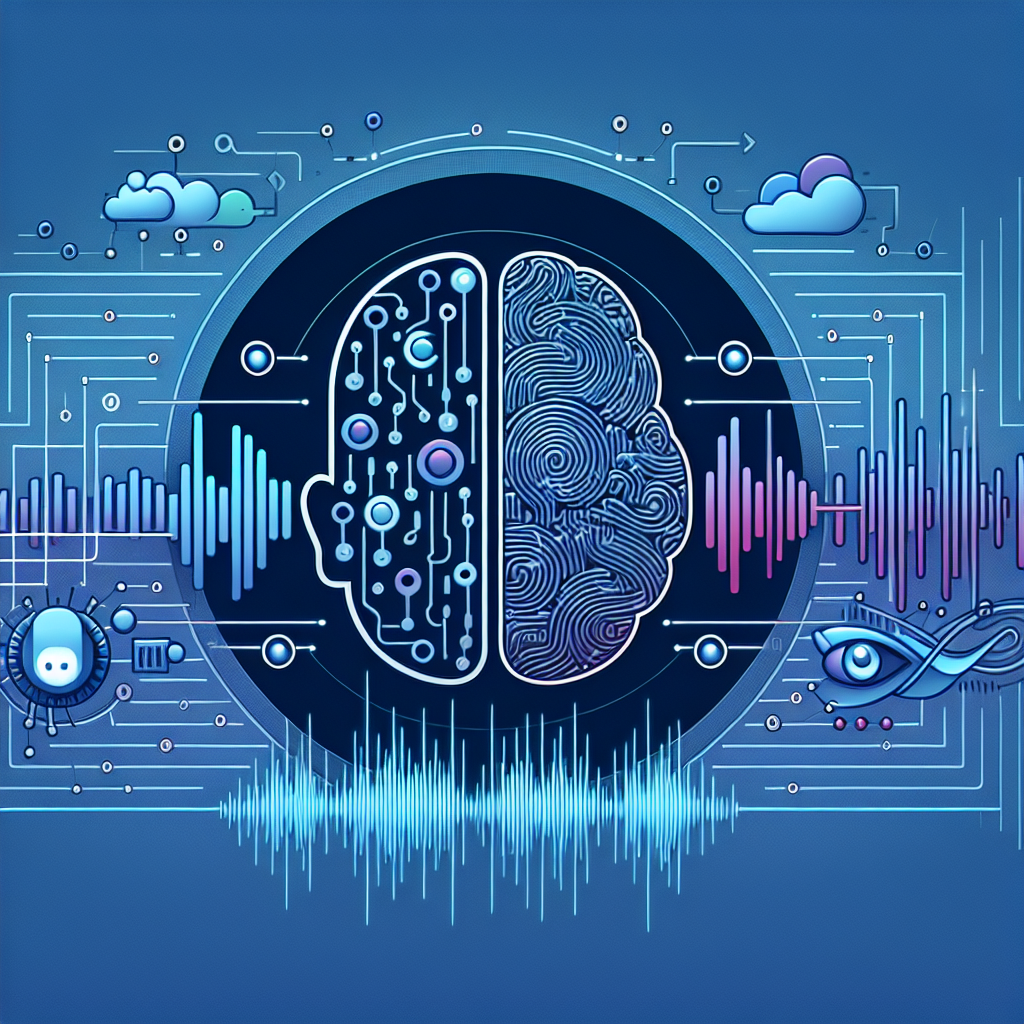Natural Language Processing (NLP) is a field of artificial intelligence that focuses on the interaction between computers and humans through natural language. One of the key applications of NLP is speech synthesis, which involves converting text into spoken language. This technology has advanced significantly in recent years, leading to more natural-sounding and human-like voices.
Speech synthesis has a wide range of applications, from virtual assistants like Siri and Alexa to accessibility tools for individuals with speech impairments. NLP plays a crucial role in improving the accuracy and fluency of these synthesized voices, making them more natural and easier to understand.
One of the key challenges in speech synthesis is achieving a natural-sounding voice that can accurately convey the meaning and emotion of the text being spoken. NLP techniques such as natural language understanding (NLU) and sentiment analysis help to ensure that the synthesized voice matches the intended meaning and tone of the text.
Another important aspect of speech synthesis is the ability to generate speech in multiple languages and dialects. NLP technologies enable the synthesis of speech in different languages by providing tools for language translation, phonetic analysis, and accent modeling. This allows for a more personalized and localized experience for users around the world.
Advancements in deep learning and neural networks have also played a significant role in improving the quality of speech synthesis. These technologies enable the creation of more realistic and expressive voices by training models on large datasets of human speech. By learning the patterns and nuances of natural language, these models can generate speech that is indistinguishable from human speech in many cases.
In addition to improving the quality of synthesized speech, NLP technologies also play a key role in enhancing the user experience of speech synthesis applications. By incorporating features such as natural language understanding, speech recognition, and context awareness, developers can create more intuitive and responsive interfaces that make it easier for users to interact with synthesized voices.
Overall, the combination of NLP and speech synthesis technologies has led to significant advancements in the field of artificial intelligence, enabling more natural and human-like interactions between computers and humans. As these technologies continue to evolve, we can expect to see even more sophisticated and realistic speech synthesis capabilities in the future.
FAQs:
1. What is the difference between speech synthesis and speech recognition?
Speech synthesis involves converting text into spoken language, while speech recognition involves converting spoken language into text. In other words, speech synthesis generates speech output, while speech recognition generates text input.
2. How does natural language processing improve speech synthesis?
Natural language processing techniques such as sentiment analysis, language translation, and accent modeling help to improve the accuracy, fluency, and naturalness of synthesized speech. These technologies enable the synthesis of speech that matches the intended meaning and tone of the text being spoken.
3. What are some of the key applications of speech synthesis?
Speech synthesis has a wide range of applications, including virtual assistants, accessibility tools for individuals with speech impairments, language translation services, and voice-enabled navigation systems. These applications rely on speech synthesis to provide a more natural and engaging user experience.
4. How do neural networks improve speech synthesis?
Neural networks enable the creation of more realistic and expressive voices by training models on large datasets of human speech. By learning the patterns and nuances of natural language, these models can generate speech that is indistinguishable from human speech in many cases.
5. What are some of the challenges in speech synthesis?
Some of the key challenges in speech synthesis include achieving a natural-sounding voice, generating speech in multiple languages and dialects, and ensuring that the synthesized voice accurately conveys the meaning and emotion of the text being spoken. NLP technologies help to address these challenges by providing tools for language translation, phonetic analysis, and accent modeling.

